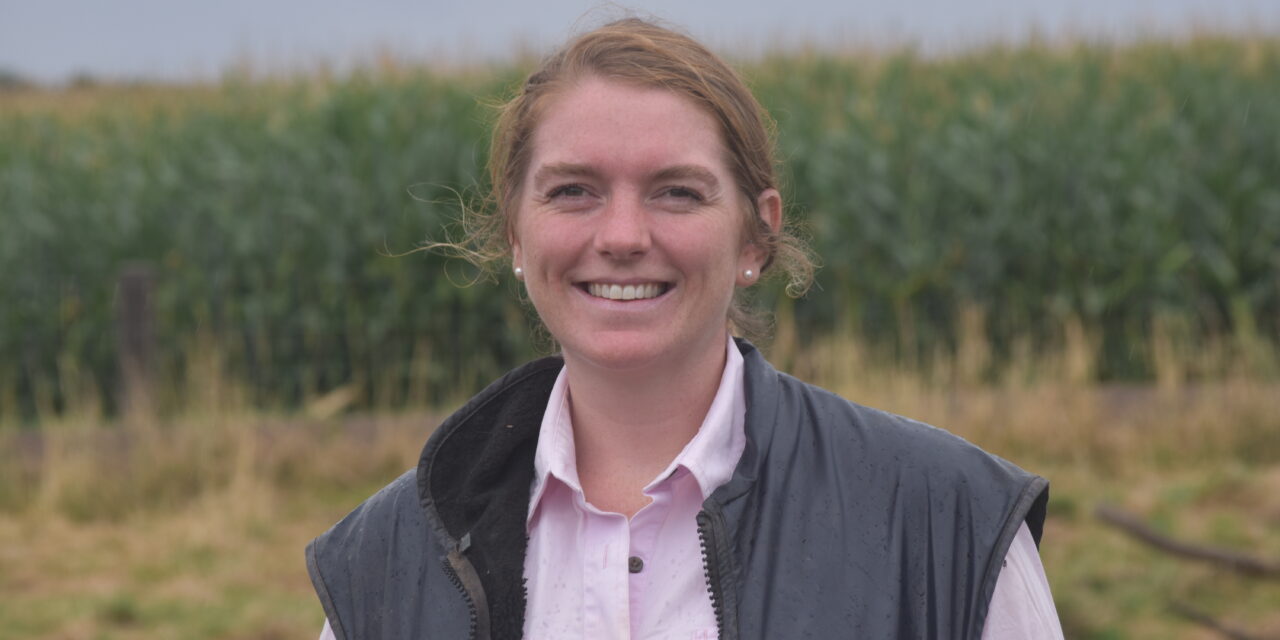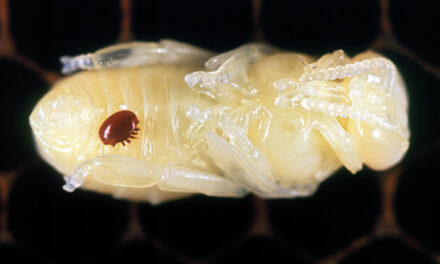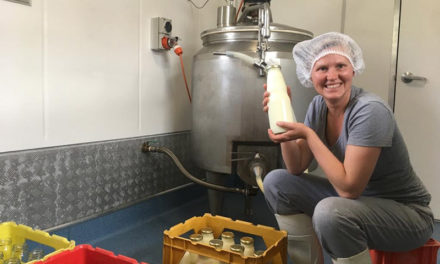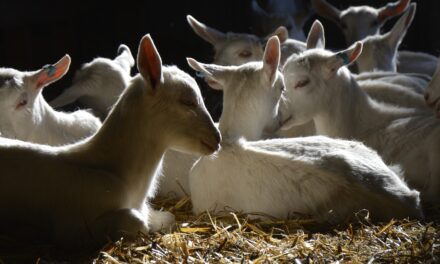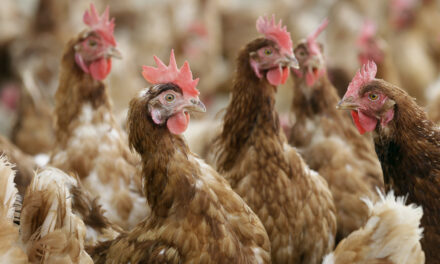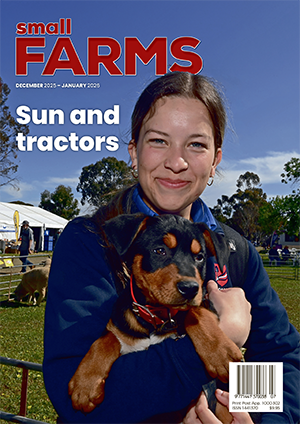As Australia grapples with the threat of foot and mouth disease on our borders, vet LUCY COLLINS has a timely reminder that biosecurity is everyone’s responsibility.
Biosecurity is the process by which we are able to prevent transmission of pathogens between individual animals or groups of livestock.
It forms an important part of controlling the spread of infectious disease.
Understanding biosecurity risks and having good plans in place to both monitor and control diseases are critical to the future viability of our livestock industries.
So what does good biosecurity even look like?
Good biosecurity relies on all members of the farming community to take an active role.
This means everyone — farm owner, farm staff, truck drivers, service providers, consultants, occasional farm visitors, discussion groups and contractors.
It should also include our state and federal governments ensuring we have well-resourced disease monitoring, advisory and response teams, and ongoing border security surveillance with strict importation requirements.
At a farm level, it’s important to understand the infectious diseases considered endemic or exotic to your local area, and at a state and national level.
The responsibility to recognise the signs of exotic diseases and enact tracing if required lies mostly with those who handle the livestock regularly, so staying informed on what to look out for and keeping accurate records should form part of your ongoing duty of care.
Particularly pertinent at the moment to Australian livestock is the threat of both lumpy skin disease and foot and mouth disease incursions from close neighbouring countries, presenting very real economic and welfare risks for our industry.
So, I’m leaving you with some homework today: learn the disease signs and what to do if you’re suspicious — get Googling or ask your regular vet to host an info session.
Complacency has no place on our farms when it comes to biosecurity.
Firstly, it’s important you define your herd’s or flock’s current disease status as either exposed, unexposed or vaccinated.
Antibody or antigen testing of various samples such as blood, milk and tissue are useful here, depending on the disease in question. These tests usually only provide a snapshot in time, so regular herd monitoring is key.
Then, evaluating the biosecurity risk for each group of animal on the farm and potential transmission routes will help form part of your biosecurity plan.
Pathogens can be introduced to a herd or flock by:
– purchased animals;
– animals returning to the farm (for example, heifers);
– contact with neighbouring livestock;
– contact with animal products (for example, effluent run-off from neighbouring farms);
– contamination of feedstuffs and water;
– vectors (for example, insects); and
– fomites (for example, vehicles or staff).
On a practical level, things you can do to manage your farm’s biosecurity risks include:
– Maintain a closed herd or flock. Avoid introducing any new animals (young stock, cows or ewes, bulls or rams), and ensure zero contact with animals from other herds or flocks (for example, at shows).
– If not closed, ensure animals joining the herd or flock have been tested for diseases of concern, are vaccinated where required and are isolated upon arrival for a predetermined quarantine period.
– Maintain secure farm boundary fencing and avoid shared access with other farms.
– Minimise visitors on-farm, and for those that must set foot on the property, enforce strict hygiene protocols and provide boot disinfectant for entry and exit.
– Minimise shared equipment and vehicles between farms, and wash and disinfect where sharing is unavoidable.
– Monitor the quality of all inputs and applications, including stock feed, fertiliser, seed and effluent.
– Minimise contact with other species (including pests, wildlife and domestic animals) wherever possible, but especially around stockfeed and water sources.
– Maintain a hygienic environment for livestock (no access to effluent, good air quality, remove soiled bedding, control flies).
– Isolate any sick animals and manage separately.
– Vaccinate where possible.
– Avoid overstocking, and separate young stock from the main herd.
– Practice good hygiene in the dairy shed, stock yards and when using feeding equipment.
– Work with your regular advisers to complete a risk assessment and build a strong working biosecurity plan with all relevant members of the farm team — luck favours the prepared. Resources for building a biosecurity plan that is right for your farm can be found online at: biosecurity.dairyaustralia.com.au/login
– Save the Emergency Animal Disease Hotline (1800 675 888) number into your phone and display it around the farm.
– Start the conversation with someone else from your farming district, a neighbour or a friend. If the COVID-19 pandemic has shown us one thing, it’s that there’s strength in community. Most pathogens won’t discriminate between farms either, so together let’s all create a culture of care when it comes to biosecurity.
Lucy Collins is completing her Dairy Residency with the University of Melbourne. She works as an on-farm veterinarian for Apiam Animal Health, and alongside her husband on his family’s dairy farm in south-west Victoria. She is a 2021 Nuffield Scholar supported by Gardiner Dairy Foundation.

